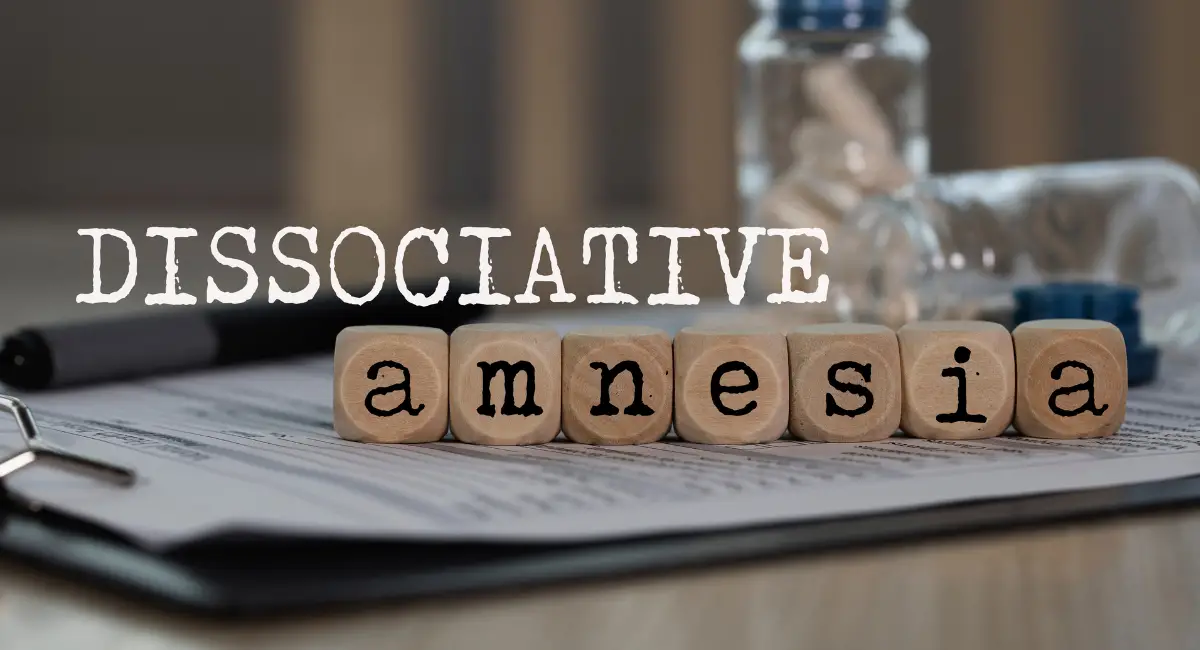
Stimulant Use Disorder: Symptoms, Causes, and Therapy Options
Contents
Introduction
Stimulant Use Disorder (SUD) is a chronic condition that results from the misuse of stimulant drugs, including both illicit substances such as cocaine and prescription drugs such as amphetamines (e.g., Adderall, methamphetamine). These drugs increase energy, alertness, and feelings of euphoria by affecting the central nervous system, but they can also lead to significant physical and psychological dependence. Over time, stimulant use can cause severe disruption to a person’s personal, social, and professional life, as well as serious health consequences.
The Diagnostic and Statistical Manual of Mental Disorders, Fifth Edition (DSM-5) defines Stimulant Use Disorder as a problematic pattern of stimulant use leading to clinically significant impairment or distress. This article will focus on two specific forms of Stimulant Use Disorder: Cocaine Use Disorder and Amphetamine Use Disorder, covering their Symptoms, Causes, and Therapy Options.
Symptoms of Stimulant Use Disorder
Symptoms of Stimulant Use Disorder vary depending on the severity and duration of use. Below is a table outlining the common symptoms and relatable examples of SUD:
| Symptom | Description/Example |
|---|---|
| Compulsive Use | The individual has an uncontrollable urge to use stimulants, even when it’s inappropriate. For instance, someone may feel the need to use cocaine at work. |
| Tolerance | Over time, more of the substance is required to achieve the same effect. For example, someone who used a small dose of cocaine now needs a larger amount for the same high. |
| Withdrawal Symptoms | Fatigue, depression, and irritability when not using stimulants. For instance, after stopping amphetamines, a person may feel exhausted and moody. |
| Inability to Quit | Despite wanting to stop or reduce use, the individual repeatedly fails. Someone may try to quit cocaine but relapses due to cravings. |
| Neglecting Responsibilities | Work or home duties are ignored due to stimulant use. A person may miss work to use stimulants or recover from their effects. |
| Continued Use Despite Harm | The individual keeps using stimulants despite health, social, or legal consequences. For example, a person may continue using amphetamines even after being arrested or fired from work. |
Causes and Risk Factors of Stimulant Use Disorder
The development of Stimulant Use Disorder is influenced by a variety of factors, including genetics, mental health, and environmental influences.
Major causes that we will discuss, include: Genetic and Biological Factors, Psychological Factors, Environmental Factors:
1. Genetic and Biological Factors
Genetic predisposition plays a key role in the development of SUD, particularly for individuals with a family history of substance use disorders. Biological factors, such as the brain’s dopamine system, also make certain individuals more vulnerable to stimulant addiction.
- Stimulants affect the dopaminergic system, which controls pleasure and reward in the brain. Repeated stimulant use leads to changes in dopamine regulation, which fuels dependency and cravings.
- Genetic factors can influence how individuals metabolize stimulants, which may increase susceptibility to addiction.
Jake, diagnosed with Cocaine Use Disorder, has a family history of addiction. His genetic makeup, combined with the rewarding effects of cocaine, made him more susceptible to developing dependency.
2. Psychological Factors
Mental health conditions such as anxiety, depression, or ADHD can increase the likelihood of developing SUD. Stimulants are often used as a form of self-medication to cope with emotional distress or cognitive difficulties, leading to dependence over time
- Self-medication hypothesis suggests that people with mental health disorders use stimulants to alleviate their symptoms. However, chronic use exacerbates these conditions, creating a cycle of dependence.
- Emotional dysregulation is often seen in individuals with SUD, as they turn to stimulants to cope with stress, only to become more emotionally unstable as dependence develops.
Sarah, diagnosed with Amphetamine Use Disorder, began using Adderall to manage her ADHD. Her misuse of the drug to enhance her focus led to dependency, and she now finds it difficult to stop using it.
3. Environmental Factors
Environmental factors, such as peer pressure, easy access to stimulants, and exposure to drug use in social settings, also contribute to the development of SUD. Adolescents or young adults who experiment with stimulants in recreational settings are at a higher risk of developing an addiction.
- Social environments that normalize stimulant use increase the risk of addiction. Easy access to prescription stimulants in academic or work environments also raises the likelihood of misuse.
- Early exposure to stimulants, especially during adolescence, is a significant risk factor for developing SUD later in life.
John was introduced to cocaine by friends in college. While his initial use was recreational, it quickly escalated into daily dependence as cocaine became a regular part of his social life.
Therapy and Treatment Options for Stimulant Use Disorder
Treatment for Stimulant Use Disorder (SUD) typically includes a combination of behavioral therapies, support groups, and, in some cases, medication to help manage withdrawal symptoms and prevent relapse.
1. Cognitive Behavioral Therapy (CBT)
Cognitive Behavioral Therapy (CBT) is one of the most effective treatments for SUD. It helps individuals identify and change the thought patterns that drive stimulant use and develop healthier coping mechanisms for stress and cravings.
- CBT helps individuals recognize the situations and emotions that trigger stimulant use. By developing new coping strategies, individuals can reduce their dependence on stimulants and avoid relapse.
- Relapse prevention is a core component of CBT, which teaches individuals how to manage cravings and navigate high-risk situations without resorting to stimulant use.
Jake, who is receiving treatment for Cocaine Use Disorder, participates in Cognitive Behavioral Therapy (CBT) to identify the specific triggers that lead to his cocaine use. Through therapy, Jake works with his therapist to explore situations where he is most likely to relapse, such as social environments where drugs are readily available or where he feels social pressure to fit in with peers who use cocaine.
2. Contingency Management (CM)
Contingency Management (CM) uses positive reinforcement to encourage individuals to remain abstinent from stimulants. Participants earn rewards, such as vouchers or prizes, for meeting certain treatment goals, such as passing drug tests or attending therapy sessions.
- CM is based on the principle of rewarding positive behavior to encourage long-term change. Research shows that CM is highly effective in reducing stimulant use, particularly when combined with therapies like CBT.
- Participants are rewarded for remaining stimulant-free, which reinforces their commitment to recovery and reduces the likelihood of relapse.
Sarah, who is undergoing treatment for Amphetamine Use Disorder, participates in a Contingency Management (CM) program as part of her recovery plan. In this program, Sarah earns tangible rewards for remaining amphetamine-free for specific periods, such as several weeks. The CM approach is based on the principle of positive reinforcement, where Sarah’s progress and commitment to her sobriety are acknowledged and rewarded.
3. Motivational Enhancement Therapy (MET)
Motivational Enhancement Therapy (MET) is designed to help individuals resolve ambivalence about stopping stimulant use. It enhances motivation to quit by exploring personal reasons for change and setting specific treatment goals.
- MET focuses on increasing the individual’s motivation to reduce or stop stimulant use by helping them explore their personal reasons for quitting. It is often used in conjunction with other therapies, such as CBT.
- MET helps individuals overcome resistance to treatment and reinforces their commitment to recovery.
John, who was initially hesitant to seek help for his Cocaine Use Disorder, begins participating in Motivational Enhancement Therapy (MET) to explore the impact of his cocaine use on his relationships and health. MET is designed to help individuals resolve ambivalence and increase motivation for change by encouraging them to reflect on the personal costs and benefits of their behavior.
Long-Term Management of Stimulant Use Disorder
Managing Stimulant Use Disorder over the long term requires ongoing support and lifestyle adjustments. Key strategies for long-term recovery include:
- Continued Therapy: Regular participation in CBT, MET, or CM helps individuals maintain the skills they’ve developed in treatment and reduces the risk of relapse.
- Support Group Attendance: Staying connected with support groups like NA provides ongoing encouragement and accountability.
- Relapse Prevention Planning: Developing a plan for avoiding triggers and managing stress is essential for maintaining long-term sobriety and avoiding relapse.
Conclusion
Stimulant Use Disorder (SUD) is a serious condition characterized by the misuse of stimulant drugs such as cocaine and amphetamines. The disorder is influenced by genetic, psychological, and environmental factors, making treatment complex but achievable. Common treatments for SUD include Cognitive Behavioral Therapy (CBT), Motivational Enhancement Therapy (MET), Contingency Management (CM), and participation in support groups. Long-term management strategies, such as ongoing therapy and relapse prevention planning, are essential for sustaining recovery and improving quality of life.
References
- American Psychiatric Association. (2013). Diagnostic and statistical manual of mental disorders (5th ed.). American Psychiatric Publishing.
- Budney, A. J., & Higgins, S. T. (1998). A community reinforcement plus vouchers approach: Treating cocaine addiction. National Institute on Drug Abuse.
- Linehan, M. M. (2015). DBT skills training manual (2nd ed.). Guilford Press.
- Volkow, N. D., & Li, T. K. (2004). Drug addiction: The neurobiology of behavior gone awry. Nature Reviews Neuroscience, 5(12), 963–970.
- Miller, W. R., & Rollnick, S. (2013). Motivational interviewing: Helping people change (3rd ed.). Guilford Press.
- American Society of Addiction Medicine. (2019). Opioid use disorder: A guide for clinicians.
- Levin, F. R., & Kleber, H. D. (2008). Treatment of stimulant use disorders. Psychiatric Clinics of North America, 31(3), 553-566.
Explore Other Mental Health Issues








